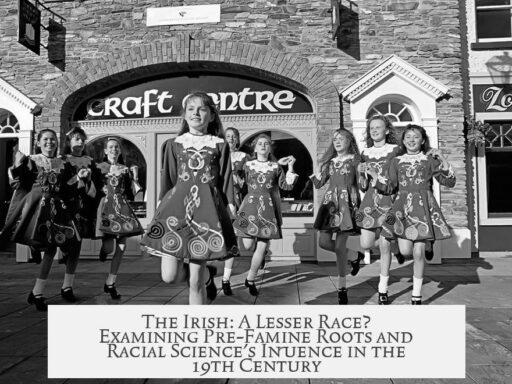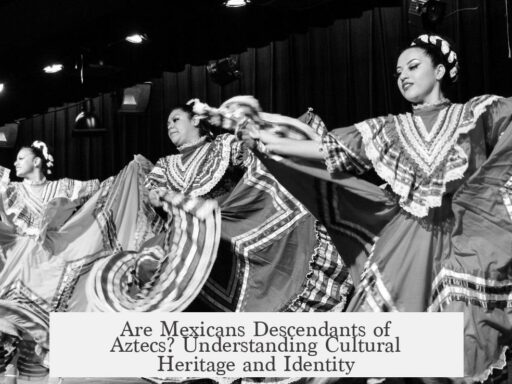The consensus among historians maintains that the Sacred Band of Thebes was indeed an elite military unit composed of 150 pairs of male lovers. This tradition is primarily supported by multiple ancient sources that describe the band’s unique structure based on emotional bonds between erastes (lovers) and eromenoi (beloveds). Nonetheless, some modern scholars question the certainty of this view, suggesting that the romantic element may be partly legendary or symbolic rather than strictly historical.
The Sacred Band, formed in the 4th century BC, consisted of 300 men organized explicitly as 150 pairs of lovers. Plutarch, writing several centuries later, states clearly in his Life of Pelopidas that the unit consisted of erastes and eromenoi. He is one of six known ancient writers who repeat this claim. Plutarch further explains that these pairs swore loyalty in sacred ceremonies at the temple of Iolaus, the companion of Herakles, the god associated with Thebes. This bond created deep mutual loyalty, where each lover motivated the other to bravery, preventing cowardice on the battlefield.
Other ancient testimonies reinforce this portrayal. Athenaeus of Naucratis describes the band as “lovers and their favorites,” and Polyaenus notes that the members were devoted to each other by mutual love obligations. Such relationships, rooted in Theban social elite circles, institutionalized existing pederastic bonds. These relationships were chosen carefully, grooming youths into adulthood within the military framework. This social mechanism ensured continuity by replacing fallen pairs or aging erastes with new couples, maintaining the band’s strength and cohesion.
Militarily, the Sacred Band gained a reputation as a shock troop unit, under leaders like Pelopidas. Their strong emotional connection presumably enhanced their combat effectiveness. At the battle of Chaironeia in 338 BC, the Sacred Band fought fiercely, reportedly to the last man against Philip II of Macedon’s forces. Historical accounts highlight this intense loyalty as a defining feature of their valiant stand.
| Source | Claim about Sacred Band |
|---|---|
| Plutarch | Band composed of 150 male couples; sworn loyalty at Iolaus’ temple |
| Athenaeus | Lovers and favorites embrace glorious death rather than dishonor |
| Polyaenus | Focused on mutual obligations of love and dedication |
Despite these affirmations, the historicity of the romantic foundation is debated by some scholars. Critics point out that Plutarch and similar sources wrote centuries after the Sacred Band’s active period, making their accounts less contemporary and possibly influenced by moralizing or idealized narratives. Plutarch’s language often contains qualifiers such as “it is said” or “some say,” suggesting uncertainty or retelling of tradition rather than eyewitness testimony.
Furthermore, the Sacred Band appears in earlier historical writings like Xenophon’s Hellenika without explicit reference to the couples’ relationships. Xenophon also expresses skepticism about pairing lovers in battle, treating the concept more as a philosophical or moral debate than a factual military arrangement.
Philosophical texts deepen this complexity. In Plato’s Symposium, the notion of an “army of lovers” arises as a theoretical model for brave and loyal warriors but lacks direct historical grounding. Xenophon’s Symposium contains dismissive remarks about military units composed of lovers, distancing the idea from established military practice. Such discussions reflect a broader cultural interest in love and loyalty rather than documentary evidence.
Some modern historians, including David Leitao, go further, questioning whether the Sacred Band existed at all in the form traditionally described. Leitao argues that the story is a conflation of philosophical theories, later romanticizing, and misinterpretation of fragmentary historical texts. However, this view remains a minority position. The majority of scholars and popular history accept the Sacred Band’s formation as a real elite unit defined by its paired lovers.
The debate highlights how history and legend intertwine over time. The Sacred Band’s distinctiveness likely rested on its social and emotional bonds, which ancient writers framed through the concept of pederastic couples. Yet, the precise details may have been accentuated or reinterpreted in later centuries to create a powerful symbol of loyalty and martial valor.
- The Sacred Band is historically recognized as an elite Theban infantry corps of 300 men.
- Ancient sources largely agree it was made of 150 male couples, bonded by love.
- Emotional ties between partners supposedly enhanced battlefield courage and cohesion.
- Some modern scholars question the romantic composition, citing late source dates and philosophical ideals.
- Philosophical discussions present the “army of lovers” as a thought experiment, complicating historical certainty.
- Despite debate, the romantic conception persists as a defining attribute of the Sacred Band in both history and legend.




